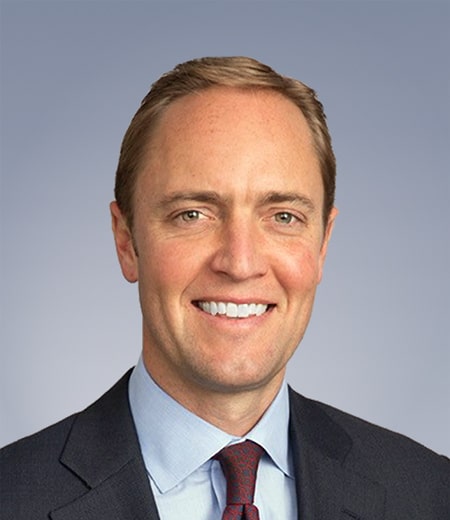Franklin Templeton and Lexington Partners launch Canadian secondary markets fund

A new secondary markets fund has entered Canadian markets, as the Franklin Lexington PE Secondaries Fund recently launched aims to attract a market that is increasingly yearning for liquidity in private equity.
The fund from Lexington Partners gives access to accredited Canadian advisors to its Luxembourg-domiciled Franklin Lexington Private Markets Fund SICAV SA, which launched with $875 million USD in assets.
Having liquidity accessible has been top of mind recently for investors. Individual investors are looking to enter this asset class for the first time in a more advantageous structure than the traditional drawdown fund, according to Taylor Robinson.
“If an individual investor decides they want to invest, they commit to this fund, their capital is fully drawn,” said Robinson, partner on Lexington’s secondary team in New York. “It gets invested quickly, and then at a point in the future when they want it, they can seek liquidity and get it. That is the real draw here is the more immediate nature of it, and the provision of liquidity at a time when someone needs it.”
The new fund allows Canadian advisors to access secondary markets in a fashion that has few restrictions compared to traditional drawdown funds, according to Dennis Tew. He says the fund aims to provide opportunity in secondary private equity, a diversified strategy that he says has largely been overlooked in Canadian markets.
“It's a situation for Canadian advisors that haven't done a lot of these drawdown type funds to start to move into that space on a measured pace,” said Tew, head of national sales at Franklin Templeton Canada. “And a lot of dealer head offices are far more comfortable with a structure like this versus a traditional drawdown fund where they put a lot of restrictions.”
Secondary markets offer investors a simpler tax reporting process than traditional drawdown funds according to Robinson, who adds that investors can access redemptions on a quarterly basis.
“This structure allows for capital to come in monthly and allows for redemptions on a quarterly basis," he said. "So if an individual investor decides they want to invest, they commit to this fund, their capital is fully drawn.”
The appeal for Canadian advisors who are looking to enter secondary markets lies in its liquidity premiums, according to Tew. He adds that drawdown funds can also shield investors from volatility, a particularly advantageous in today’s market uncertainty. However, there are risks in the sphere, with Tew suggesting that advisors should keep an eye on when their entering secondary markets.
“The excitement is that you're adding a liquidity premium here. It's not daily priced to the market and it doesn't have the same volatility that we've seen in public markets, even over the last couple of months. So that's very attractive,” he said. “I think on the on the negative side, a lot of these things tend to be rated high risk at firms.”
Tew points towards a shift towards alternatives from investors, with a number of major Canadian investors indicating interest in the fund’s early stages. He says the market in general is looking for more information on alternatives, and suggests Lexington's history in the global secondary markets provides a pathway.
“The Canadian market is wanting a lot more education in the space. Our firm is trying to be a leader and bring up some of the educational materials we've built in the US,” Tew said. “But it’s early innings in terms of adding alternative exposure.”
Robinson suggests the fund is diversified in the alternative space, though centres mainly around North American alternatives with some weighting in the European market.The fund was specifically designed to provide diversification and mitigate concerns over J-curves in private equity according to Robinson. .



